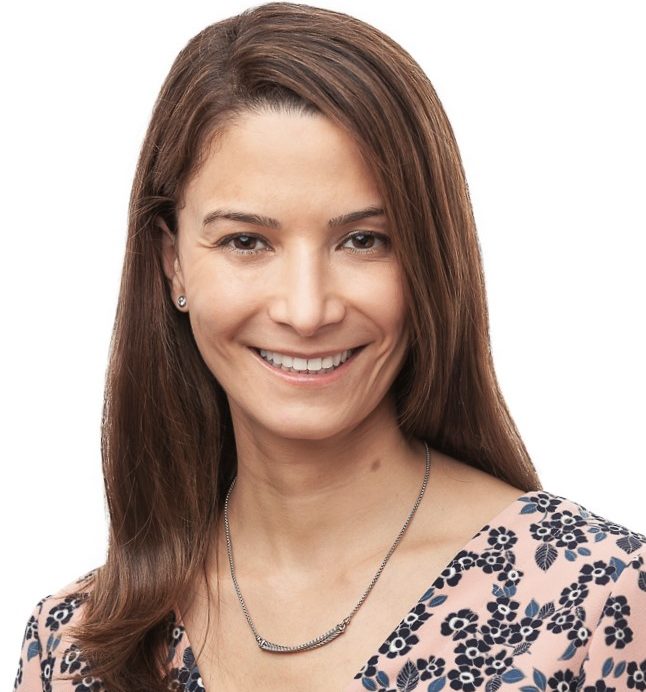 Until I was asked to serve as a NESO delegate to the AAO House of Delegates (HOD), the HOD was a like black hole to me, something that did not seem relevant to my daily life as an orthodontist, and which sounded as exciting as watching paint dry. It all seemed a bit stuffy and antiquated, with a parliamentary procedure like a foreign dance of “Mr. Speaker, this” and “I move that we that.” However, over the course of the past three years serving as a delegate, and especially this year since the House sessions were in person after long COVID disruptions, I have come to appreciate the AAO governance structure and the many ways it largely impacts orthodontists and orthodontics across the US, Canada, and the world.
Until I was asked to serve as a NESO delegate to the AAO House of Delegates (HOD), the HOD was a like black hole to me, something that did not seem relevant to my daily life as an orthodontist, and which sounded as exciting as watching paint dry. It all seemed a bit stuffy and antiquated, with a parliamentary procedure like a foreign dance of “Mr. Speaker, this” and “I move that we that.” However, over the course of the past three years serving as a delegate, and especially this year since the House sessions were in person after long COVID disruptions, I have come to appreciate the AAO governance structure and the many ways it largely impacts orthodontists and orthodontics across the US, Canada, and the world.
When you dutifully pay your AAO dues every summer, you assume that the money is being put to good use. But who decides where the money goes? The HOD, comprised of 64 of your peers from every AAO Constituent (NESO, MASO, SWO, PCSO, etc.), is the body of members that has control over how your hard-earned dues money is spent, just like the House of Representatives in the US Congress determines how to spend your taxes. The AAO Board of Trustees, made up of Trustees from every constituent, is like the US Executive branch. The Board proposes a budget to support programming such as webinars, advocacy, conferences, the Practice Transitions portal, the AAO Career Center, the AAO Library, the Consumer Awareness Program, etc., etc.–but the HOD has the final say on whether that budget gets approved.
You might think that there is not much to debate, but our colleagues—orthodontists just like you and me with family commitments and busy full-time practices– dedicate countless hours to making sure that YOUR dues payment every year is being spent in the way that best advances and supports our profession, as determined via a democratic process. Your fellow members, though the HOD, decide if and how much the dues go up any given year, or not. You wouldn’t want it any other way, would you?
The AAO bylaws dictate how changes to governance can be proposed and voted on via “resolutions,” similar to bills or acts in the US Congress. These bylaws determine for example, how we choose AAO leaders, how long they serve, how committees and councils are run, among many other governing and operational decisions of the AAO management.
Sitting in a room with almost all the AAO leadership—trustees, delegates, key staff, council chairs–in Miami this year was quite impressive (and intimidating). But it is also an amazing feeling to be connected to other people in the world who love orthodontics as much as you do. It’s great to know you have a voice in shaping the future of the profession. Why else would we volunteer our time to be in a windowless conference hall debating how best to allocate your money or more effectively run AAO when we are otherwise steps from sunny South Miami Beach and friends we haven’t seen in years?
It is also important that younger members step up to take on these sometimes tedious but significant tasks of governance and leadership. It has often been more senior orthodontists close to retirement who were able to sacrifice the time necessary to manage the AAO’s affairs. However, the AAO has recognized that there is tremendous value in ensuring that leadership is representative of “rank-and-file” orthodontists. To that effect, great effort has been made to recruit diverse, new and younger members into leadership…so that no matter who you are as an orthodontist, your professional needs and desires are represented.
What I took away from my first in-person HOD session is that if you care about where orthodontics is headed in the future—even a little bit—you should make the effort to stay abreast of what AAO is doing for you, because chances are you have no idea. Don’t just delete or unsubscribe from the eBulletins that appear in your inbox every Friday. Spend some time on the AAO website to see what the AAO has done lately to put your money to work for you. Join us at the Annual Meeting, talk to the people you know who are involved and ask questions. Better yet, take a seat at the table yourself, we will welcome you and your contributions with open arms. Be a part of the change you want to see happen.
Renée C. Pompei, DDS
NESO Delegate
NESO Representative, Council on Orthodontic Practice
Diplomate, American Board of Orthodontics
